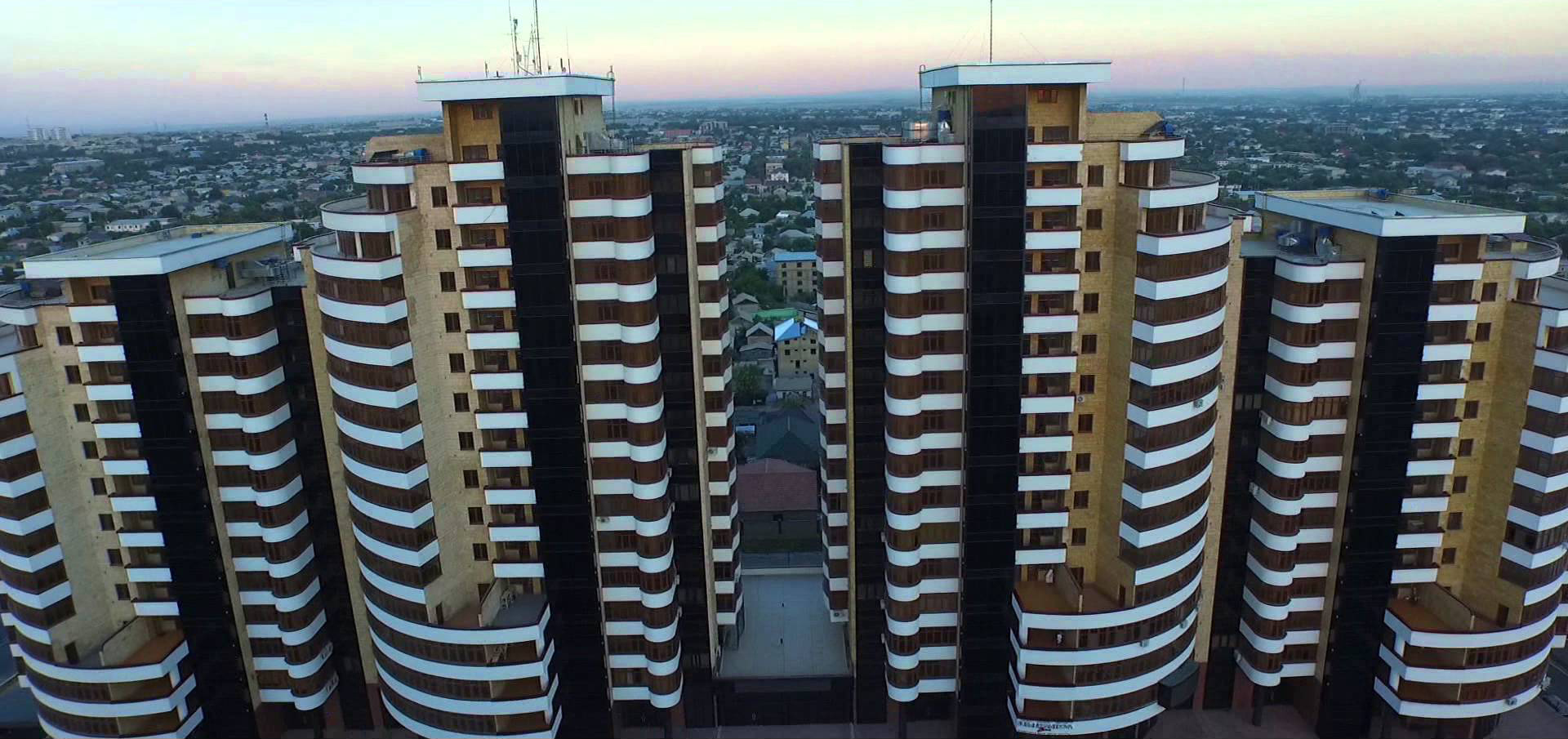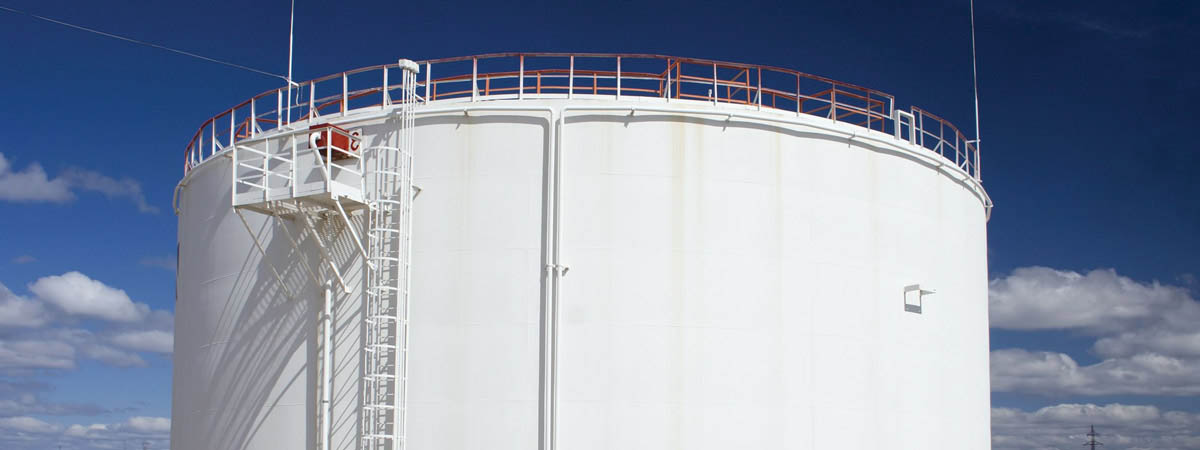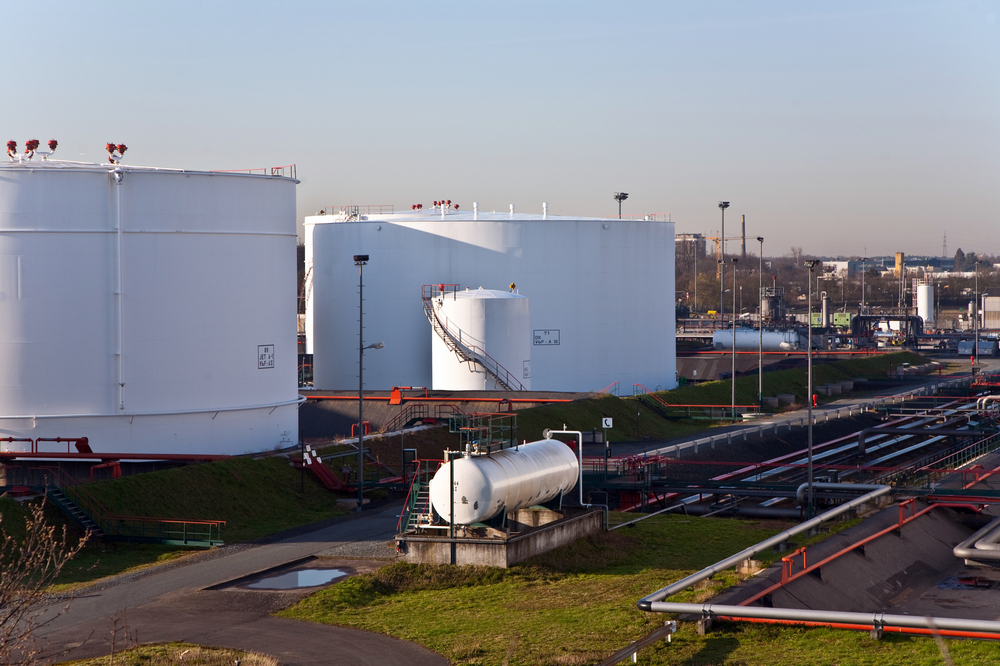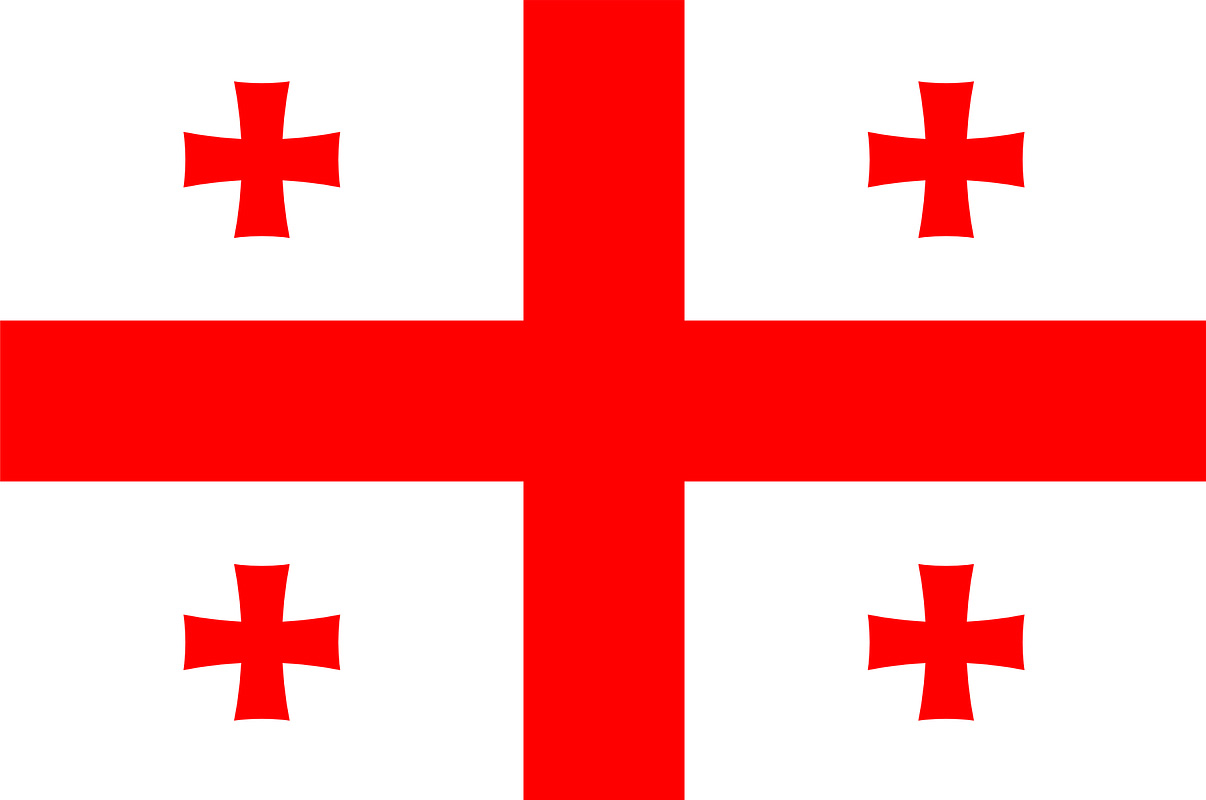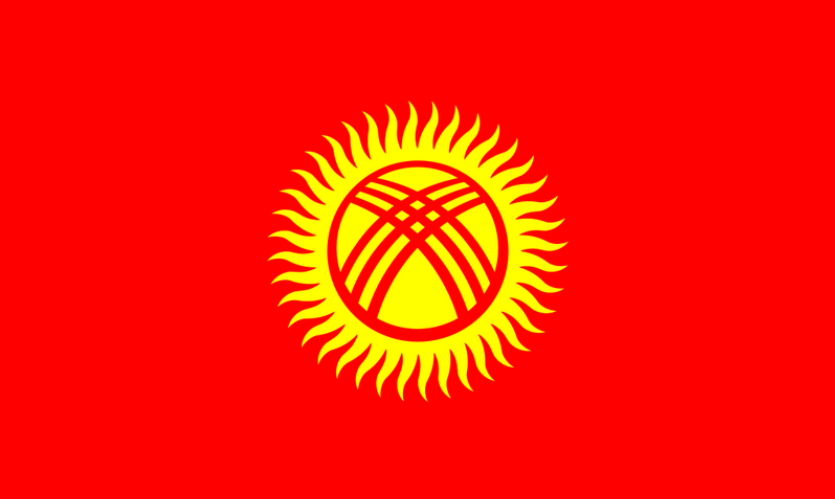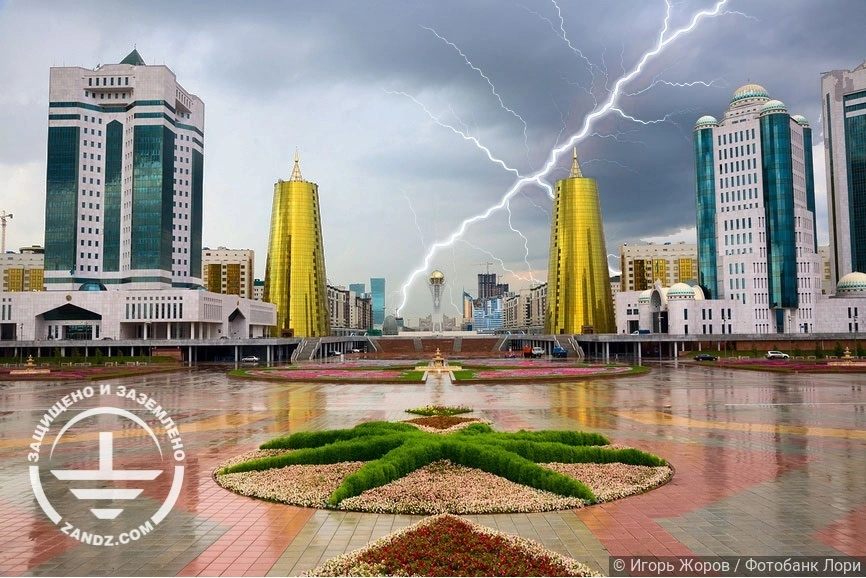General characteristics
Like many other countries, Kazakhstan has a set of regulations outlining the process and safeguards against lightning strikes. After reviewing it and taking into account our experience using the Russian Federation's comparable standards, we have chosen to share with you some of the features of this document. When studying SP RK 2.04-103-2013 “Lightning protection device for buildings and structures” it becomes obvious that the document attempts to link together many European standards. The attempt is of great interest, let's take a closer look at it.
Document issues
The Kazakhstan document includes a table of compliance of buildings and structures of different types with one of the four categories of lightning protection (Table 7) to select the necessary level of lightning protection. The characteristics of lightning discharges vary according to their level, as defined in clause 4.4. Clause 4.5 describes the various types of lightning effects, damages, and losses. However, a rolling sphere is the only completely described lightning protection method in RK 2.04-103-2013. Table 5 shows the radius of the sphere for levels I through IV, which correspond to the minimum lightning current.
Rolling sphere design is fully functional, with consistent compliance with all aspects of IEC 62305, including risk management. This algorithm is not mentioned in the Republic of Kazakhstan 2.04-103-2013 and is simplified to match the effects of a lightning strike on an object, as well as the type of object, to the lightning protection level specified At the same time, the lightning protection categories remain unused, because there are no design requirements for them, only the lightning protection level option remains.
The SP RK 2.04-103-2013 describes lightning protection methods using a lightning rod arrester and protective ground wire, as well as grid and early streamer emission lightning rods. When protecting with lightning rod arresters, the method of the protective angle is mentioned, but no formulas are provided for calculating protection zones. The grid spacing is specified for the grid, but it is not related to the lightning protection level, and it should always be 6x6 meters. There is also no mention of the step of the current collector descents.
Table 10 of the Code shows the relationship between the the lightning protection levels and reliability offered; however, we are not sure how this relationship is applied when developing lightning protection systems.
Concerning is the suggestion to use early streamer emission lightning rods as an "active lightning protection". The Сode specifies that it be applied at a wide variety of objects, ranging from antennas and trees to explosive structures and public recreation areas. Radioactive ESE lightning rods are also not prohibited.
The document does not standardize the performance of the grounding arrangement, and there are no instructions on either the design or the grounding resistance. Clause 8.2.2 contains information on the electrical insulation of the external lightning protection system, but it does not specify which cases require electrical insulation and which do not.
Practical aspects
It is worth noting point 8.1.3 about jumpers. It provides useful recommendations on equalizing potentials between an object, its ground terminal and utilities.
Section 9 “Special lightning protection measures” is also useful, as it recommends lightning protection methods for various types of facilities. Some of the recommendations cannot be implemented due to the issues discussed above.
In contrast to Russian regulations, clauses 8.1.5 and 8.1.6 provide detailed descriptions of materials, minimum dimensions, and applicability.
In summary
The SP RK 2.04-103-2013 document has many strengths and weaknesses. Its detailed study raises numerous unanswered questions. The Code of Rules of the Republic of Kazakhstan “Lightning protection device for buildings and structures” cannot give the designer a full-fledged algorithm for lightning protection, with the exception, perhaps, of the rolling sphere method. We do not claim to be criticizing this approach; however, Professor Eduard Meerovich Bazelyan conducted a scientific review of the rolling sphere at one of the webinars of the ZANDZ company.
We are ready to share our knowledge and many years of experience for free. Please contact the ZANDZ Technical Center for the calculation of lightning protection and grounding for facilities in Kazakhstan!
Related Articles:
